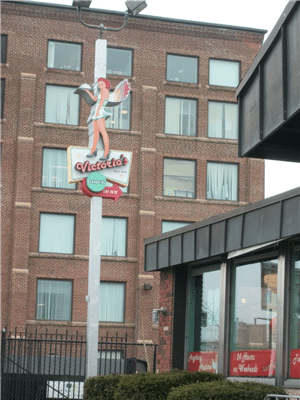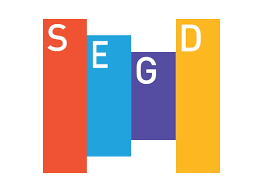Important Aspects of On-Premise Signage
Community, Exterior Signage, Others, Sign Design, Signage Regulations, Signage TipsThe United States Sign Council Foundation, as a part of its on-going effort to provide verifiable information about the optimal usage of signage, has issued a new report titled: “The Economics of On-Premise Signs.”
The report makes fascinating reading. It covers everything from the various rationales for local signage regulation to the impact of signage on communities, customers, and businesses.
But even more interesting are the discussions of potential signage benefits (which we’ve previously touched on, here).
Understandability
For example, the report details how a sign that is easier to understand “imposes fewer cognitive demands on the viewer.” Ultimately, more understandable signs allow customers and prospects to learn more about what a business offers.
What enhances this kind of signage understandability?
For text, obviously the words must be legible. But signage understandability can also improve by the effective use of logos and other symbols.
There’s a long history of this. For example, pawn shops traditionally display three gold balls, barbershops normally have a striped pole out front, and pharmacies show the “Rx” or perhaps a mortar and pestle.
The report shows how local rules that restrict the ability of store owners to display familiar symbols actually impede the effectiveness of their signage.
Who Benefits
Suprisingly, some of the largest beneficiaries of effective signage turn out to be consumers, according to the report.
When a business posts an attractive sign, consumers quickly recognize the value offered by that business, and from then on have the option of shopping there if, when, and as they need to.
One important revelation in the report is that effective signage benefits not only the business that displays it, but nearby businesses, as well.
Since effective signage attracts more customers, these extra shoppers are more likely to see and perhaps patronize nearby businesses simply because they are already in the neighborhood. This phenomenon occurs whether the nearby businesses are shopping substitutes or shopping complements. This is one reason clusters of businesses like car dealerships and furniture stores often do better than similar stores more widely dispersed.
Smart Signage Restrictions
Although local communities routinely enact signage restrictions and tend toward reluctance to grant variances, the economics of on-premise signage show that too strict an adherence to code is generally less beneficial to the community.
Here’s why: When a business wants to display a more interesting sign that violates local codes, there’s little reason to believe other nearby businesses will follow suit. Most are shopping complements, and are not competing for the same customers.
The reality, therefore, is that nearby businesses will benefit from the out-of-code sign almost as much as the business which displays it.
According to the report, the best regulatory polices are those that seek primarily to prohibit signage which is “undesirable to the character of the community.”
This can most easily be determined by listening to nearby businesses, who are likely to be fairly astute as to whether a particular sign helps or harms their own business.

